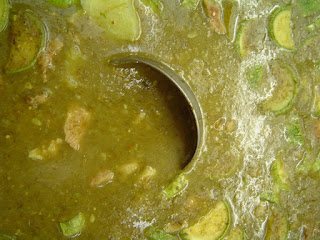
... c'est le sous-titre de l'ouvrage de
Barry Schwartz,
The Paradox of choice. L'auteur va à l'encontre d'un préjugé que les retailers connaissent bien : la
multiplication du choix dans les assortiments est favorable au chiffre d'affaires. L'idée que la multiplication des choix va de pair avec le développement de la liberté et de l'autonomie de l'individu est remis en cause par B Schwartz qui y voit plutôt un motif d'insatisfaction et de stress des clients.
Ce livre apporte un double éclairage sur la question. Il décrit en premier lieu comment faisons nous pour choisir. Quels sont nos ressorts psychologiques face à une alternative ? Entre la définition des objectifs, l'évaluation de chacun des objectifs poursuivis (goût, prix, praticité, ...), le rôle du contexte et de l'environnement sur le choix le shopper est soumis à dure épreuve. A tel point que cela pourrait entraîner un désarroi face à cette abondance de choix. Les hypermarchés en seraient aussi les victimes qui, pour se différencier mais aussi pour justifier la taille de leurs espaces de vente ont multiplié à l'infini les références.
A l'inverse, le Hard Discount ne propose le plus souvent qu'une seule option par unité de besoin client. Temps de course réduit, moins de stress, cela serais-ce aussi une des clés de leur succès actuel ?
 Lequel choisir ?
Lequel choisir ?




















